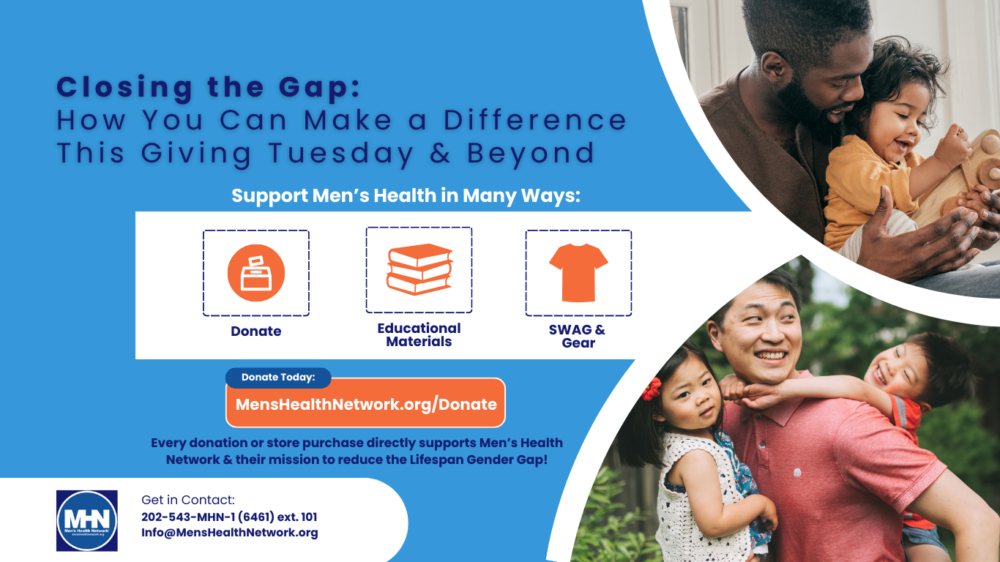We all know that men live shorter, less-healthy lives than women. Part of the problem is that men’s and women’s bodies respond differently to the same condition. And far too often, those differences kill. The bottom line is that despite attempts to treat men and women the same way, we’re different. And those differences often require different approaches. Here are three examples.
- Cholesterol. Researchers in Norway found that men with high cholesterol are more likely to die of a heart attack than women with high cholesterol. The team, led by Erik Madssen of the Norwegian University of Science and Technology, followed about 40,000 people under 60 with high cholesterol levels (23,525 women and 20,725 men) for 12 years. Over that time, three times as many men as women (157 vs. 553) died from heart attacks. However, since there were fewer men than women in the study, in percentage terms, the men were four times more likely than women to die from a heart attack. ‘Our results suggest that in middle age, high cholesterol levels are much more detrimental for men than women,” said Madssen, “so that prevention efforts in this age group will have a greater potential to reduce the occurrence of a first heart attack in men.’ Unfortunately, high cholesterol is seen as an equal-opportunity health risk, which means that men and women get the same treatment. This study indicates the need for different—and perhaps more aggressive—treatment of high cholesterol in men.
- Melanoma. Every year, roughly the same number of women and men are diagnosed with malignant melanoma. But men are far more likely than women to die from the disease (4.1 per 100,000 vs. 1.7 per 100,000—more than double the risk). Whites—men and women—are far more likely than other races to die from melanoma, but the male/female disparity remains. For example, the death rate for American Indians/Alaska Natives is 1.7 per 100,000 men vs. 0.8 per 100,00 women. For Hispanics, it’s 1.1 per 100,000 men vs. 0.6 per 100,000 women. And for Blacks, it’s 0.5 per 100,000 men vs. 0.4 per 100,000 women. Experts have suggested that the huge male-female disparity exists because men are more likely to be diagnosed when the disease is in an advanced stage. They offer two explanations: First, because men tend to develop melanomas on the back, they’re a lot harder to spot. Second, men, as we know, are far less likely than women to medical professionals, including dermatologists, who could identify and treat melanomas early. But late diagnosis explains only part of the problem. “[T]here also seem to be strong biological reasons behind the differences, said Professor Julia Newton-Bishop, Cancer Research UK dermatologist based at the University of Leeds, in an interview with the Daily Mail. “and we’re working on research to better understand why men and women’s bodies deal with their melanomas in different ways.”
- Women are twice as likely as men to be diagnosed with depression. But is that because they’re actually more depressed? According to some interesting new research, that’s not the case at all. When screening patients for depression, medical professionals tend to look for symptoms such as sadness, difficulty sleeping, feeling guilty or worthless and loss of interesting in pleasurable activities—symptoms that are typically reported by women. Those same medical professionals don’t generally ask their male patients about more typically male symptoms such as rage, risk-taking, work-obsession and substance abuse. When clinicians include both sets of criteria, men are just as likely as women to be diagnosed with depression. And using the “male” criteria only, men are more likely than women to be diagnosed as depressed. Another example of the damage caused by medicine’s one-size-fits-all approach.



